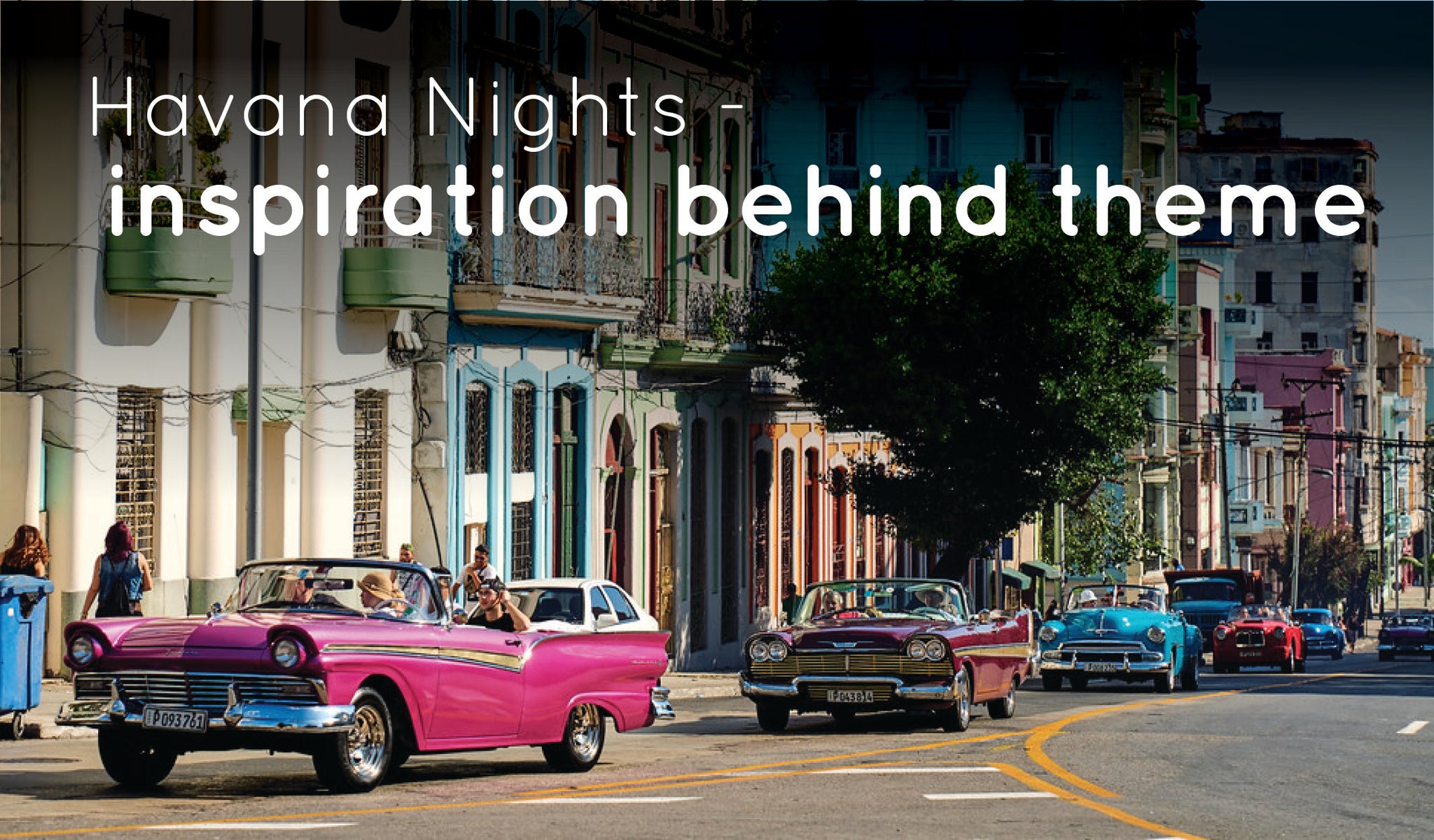
Happy Halloween everyone! Talk around the Milner Fashion House (MFH) water cooler this week was all about fashionable ways to celebrate the spooky season. We are obviously always game for a dress-up party - it’s literally what we live for! But this year our in-house designers ERRE showed their newest collection at South African Fashion Week over Halloween weekend - and that is scary enough all by itself! So to keep things only low key creepy - here are 5 times that (cue creepy voice) fashion was fatal!

-
Corsets
Conforming to ideal body standards is truly a tale as old as time. While we diet, exercise and squeeze into Spanks to achieve that mythical goal - in years gone by corsets were used to shape the body into the preferred silhouette of the era. At the height of its popularity in the Victorian era, corsets were laced so tight that they could cause constipation, indigestion, internal bleeding, and fainting from the pressure placed upon the lungs. Complications from these symptoms could eventually lead to death.
![]()
-
Belladonna Eyedrops
Belladonna, (Atropa belladonna), also called deadly nightshade,is a highly poisonous plant native to central and southern Eurasia. During the Renaissance it was used in eye drops that dilate the eye - a look considered beautiful and seductive back them. Poison straight to the eyeball, never a good idea. Belladonna is extremely toxic and exposure can lead to skin irritations, heart problems, and potential blindness.

-
Crinoline
A Crinoline was originally, a petticoat made of highly flammable horsehair fabric. Later horsehair and whalebone were replaced by a light frame of metal spring hoops; these were used to create volume underneath the hoop skirts favoured by fashionable women. The large flowing skirts presented numerous hazards - they could easily get caught in machinery or under carriage wheels and the large amounts of fabrics and frills used to cover them was highly flammable. A deadly garment during a time when open flames were the main source of light and heat in most homes. It is said that this deadly Victorian garment killed around 3,000 women.

-
Lead Face Paint
A extremely pale complexion was fashionable in Europe through large parts of history - it denoted a freedom from hard outdoor labour and thus a high social standing. To achieve this look women often turned to lead face paints and powders - which is toxic and can severely damage the skin. It would cause some more serious problems too, including headaches, hair loss, stomach problems, rotting teeth, paralysis and even death.

-
Poisonous Dyes
The world went crazy for green in the 1780’s when a Swedish/German chemist invented a bright green pigment by mixing potassium and white arsenic on a solution of copper vitriol. Before that green was a tricky color to create on clothes, and dressmakers depended on a combination of yellow and blue dyes to produce the hue. This new bright green became a huge sensation and was used to colour walls, paintings, and fabrics as well as candles, candies, food wrappers, and even children’s toys. Unfortunately the arsenic in the dye is a highly toxic compound causing sores, scabs, and damaged tissue, as well as nausea, colic, diarrhoea, and constant headaches.
Today we are shocked by the amount of toxic and dangerous things that were worn or consumed for the sake of being fashionable in the past. While we might have learned not to dye our clothes in arsenic or to put lead on our faces, fashion is still dangerous - and unfortunately mostly for garment workers and our environment. If possible, try to consider where your clothes come from. How were the workers treated that made it? In what landfill does the over production of fast fashion items end up each season? By making smart informed choices we can help to make fashion sustainable and safe for everyone.
Our favourite source for local sustainable fashion news is twyg - you'll find all the latest sustainability stories and initiatives there. Please go and have a look!



